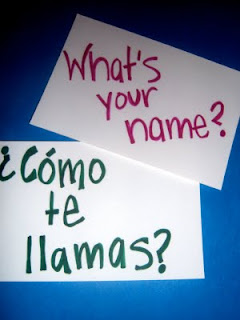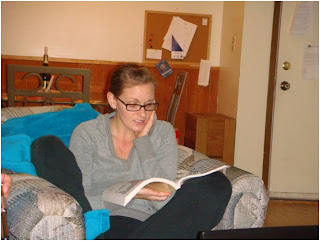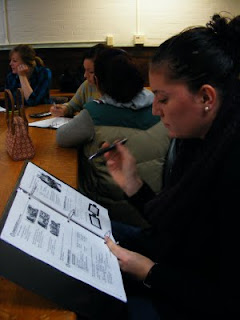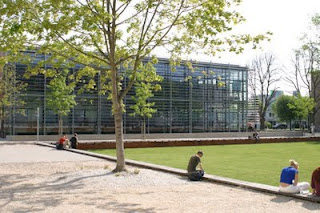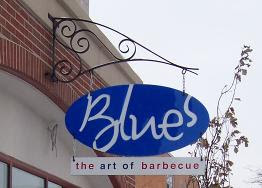Student Reflection

by Katie Bednar “The more that you learn, the more places you’ll go.” (Dr. Seuss) This quote, recognizable by most people in the world of education, is one of my favorites from Dr. Seuss’ Oh, the Places You’ll Go! This quote serves as a motto for countless organizations and educators, especially those concerned with reading and literacy. At SOAR there is a focus placed on reading strategies and comprehension, and this is something that I did try and work on with Marisa* throughout the semester. Almost every day after finishing her homework, Marisa and I headed to the Booker T. Washington library to get a few books to read. The school’s library has a great section of Spanish and bilingual books, and this is where we would head. On the first day, after heading back to the classroom and beginning to read, I was blown away by Marisa’s reading abilities. She succeeds at reading not because she knows all of the words, but because she sounds them out letter-by-letter, word-by-word. When she g...
